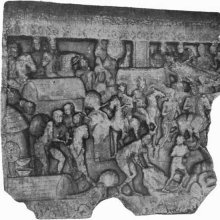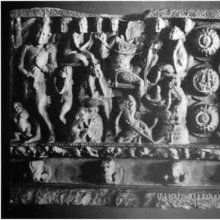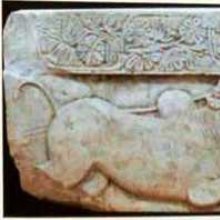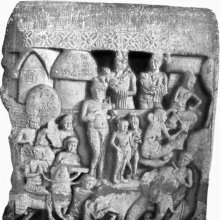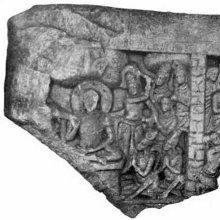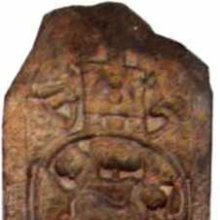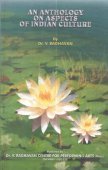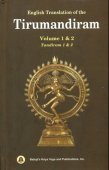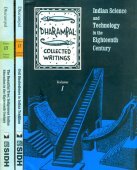Chennai: 1 definition
Introduction:
Chennai means something in the history of ancient India. If you want to know the exact meaning, history, etymology or English translation of this term then check out the descriptions on this page. Add your comment or reference to a book if you want to contribute to this summary article.
Images (photo gallery)
(+87 more images available)
India history and geography
Source: Shodhganga: Siddha Cult in TamilnaduChennai refers to one of the various famous Siddha Centre distributed throughout South India and Tamil Nadu. The Siddha cult represents a Tantric philosophy that emerged from the combination of several elements found in traditions such as Shaivism (viz., Pashupata), Shaktism, Jainism, Tantric Buddhism (Vajrayana), etc. Both the Siddha and the Navanath cult (i.e., Nava-natha, ‘nine saints’) are popular in South India [viz., Chennai] and Tamilnadu. A Siddha was an inspired seer belonging to the marginalized sections of society who dissolved their past karma and crushed the roots of future karma.

The history of India traces the identification of countries, villages, towns and other regions of India, as well as mythology, zoology, royal dynasties, rulers, tribes, local festivities and traditions and regional languages. Ancient India enjoyed religious freedom and encourages the path of Dharma, a concept common to Buddhism, Hinduism, and Jainism.
See also (Relevant definitions)
Starts with: Mount Road, Chennai.
Ends with: Mount Road, Chennai.
Full-text (+10): Madarasu, Madampakkam, Mount Road, Chennai, Saidapet, Dramila, Madurantakam, Cinkavelkunram, Tiruvallur, Ponneri, Conjeevaram, Madhura, Vatamaturai, Allikkeni, Sholingar, Amaraughaprabodha, Katikai, Thomas, Muktahara, Hara, Thyagaraja.
Relevant text
Search found 34 books and stories containing Chennai; (plurals include: Chennais). You can also click to the full overview containing English textual excerpts. Below are direct links for the most relevant articles:
Temples in and around Madurantakam (by B. Mekala)
Sri Thanthonreeswarar Temple < [Chapter 3 - Temples of Madurantakam Taluk]
The Nambis and Vaikanasas < [Chapter 6 - Social and Economic Activities]
Gati in Theory and Practice (by Dr. Sujatha Mohan)
Who is Who Among Our Contributors < [January – March, 2002]
Who’s Who Among Our Contributors < [October – December, 1999]
Who’s who < [April – June, 2003]
Pallava period (Social and Cultural History) (by S. Krishnamurthy)
Udara-bandha < [Chapter 4 - Material Culture of the People]
Crowns for Men (b): Karanda-makuta < [Chapter 4 - Material Culture of the People]
Self-Knowledge in Krishnamurti’s Philosophy (by Merry Halam)
3. Needs of the Study < [Chapter 1 - Introduction]
4. Division (as the major cause of external conflict) < [Chapter 4 - Freedom and Peace]
2. Contradiction (in one’s activity, thought and being) < [Chapter 4 - Freedom and Peace]
Temples of Munnur (Historical Study) (by R. Muthuraman)
Images of Durga < [Chapter 5]
Introduction: Architecture of the Temple < [Chapter 4]
Sangam period < [Chapter 1]
Related products
